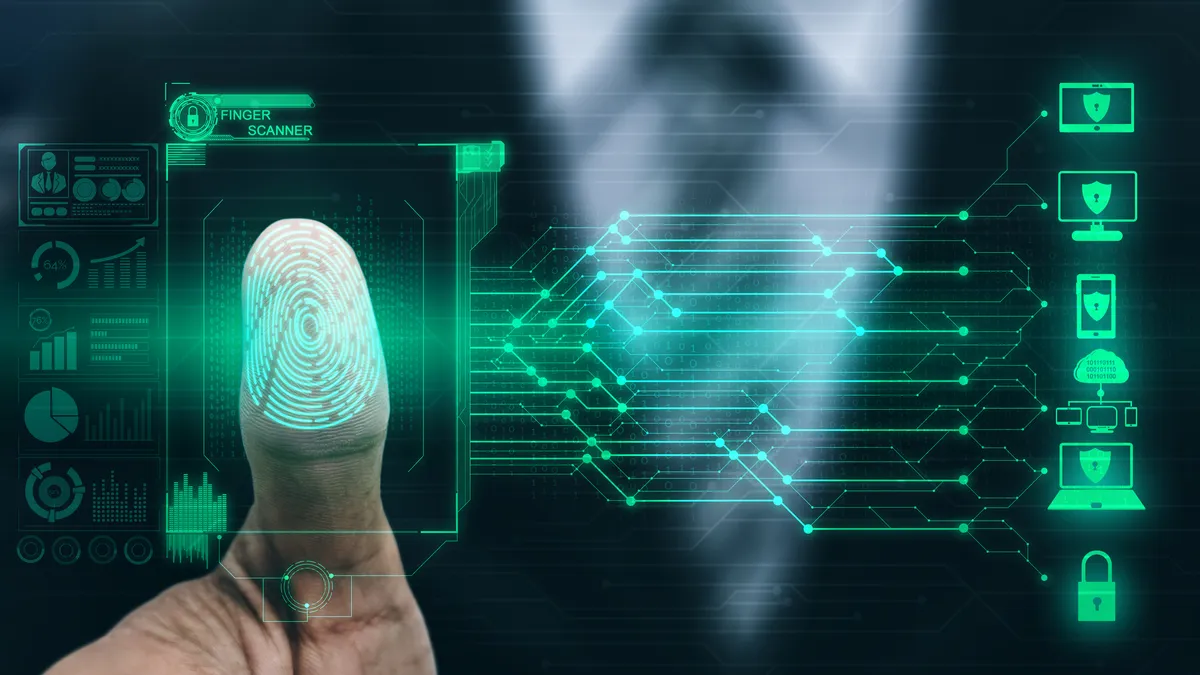Dive Brief:
- The U.S. Department of Energy on Thursday announced it will make up to $70 million available to public and private sector stakeholders, universities and the national laboratory system, to research new security and resilience technologies for the U.S. power sector.
- The funding opportunity will be managed by DOE’s Cybersecurity, Energy Security, and Emergency Response office and is “intentionally broad,” the agency said.
- CESER anticipates funding up to 25 research, development and demonstration projects, with awards ranging from $500,000 to $5 million. Suggested topic areas include cybersecurity, wildfire mitigation, physical security and climate research.
Dive Insight:
DOE enters 2024 looking to protect “all types of energy delivery infrastructure” from a growing array of threats. The new funding will focus on innovative and unique solutions that are not “one size fits all,” the agency said.
“Making smart investments in America’s energy systems today is essential to ensuring they’re more reliable and resilient against tomorrow’s threats,” Secretary of Energy Jennifer Granholm said in a statement. “These investments will help save money in the long run by identifying and developing innovative solutions.”
Responses to the funding opportunity must support a more secure and reliable energy system through “targeted improvements” to electricity generation, transmission or distribution, including renewables, energy management systems, and electric vehicles; and oil and natural gas production, refining, storage, or distribution, DOE said.
A growing number of hackers are developing capabilities to disrupt energy infrastructure in North America, according to a report security firm Dragos published last year. The increasingly-distributed nature of the grid resources means more potential targets, but the report also concluded the energy sector is relatively well-defended.
“Electric utilities showed the best preparedness, followed by oil and gas,” Dragos said. “Manufacturing represented the worst results among verticals.”
Physical attacks on grid infrastructure are increasingly common, according to the North American Electric Reliability Corp. There were almost 1,700 physical security incidents reported in 2022, up 10.5% from 2021, according to the reliability organization.
DOE’s funding opportunity will focus on five key areas:
- Research into the development of advanced cybersecurity tools “specifically designed to reduce cyber risks to energy delivery infrastructure,” that could become widely adopted throughout the energy sector;
- Creation and implementation of climate-focused, non-cyber solutions utilizing “innovative tools and technologies that will help electric utilities build resilience and operate through extreme events.”
- Non-cyber solutions to mitigate wildfire impacts that will help electric utilities improve resilience and enhance system recovery;
- Integration of university-based research and development of cyber-physical platforms “for resilient and secure electric power systems that are flexible, modular, self-healing, and autonomous;” and,
- Research into how power substations can be better protected from vandalism, sabotage and “ballistic damage.” Physical security improvements “are needed to further minimize intrusions and damage,” according to the funding opportunity.
Full applications for funding under the All-Hazards Energy Resilience program are due to CESER by March 4, with awards expected to be made in September.














